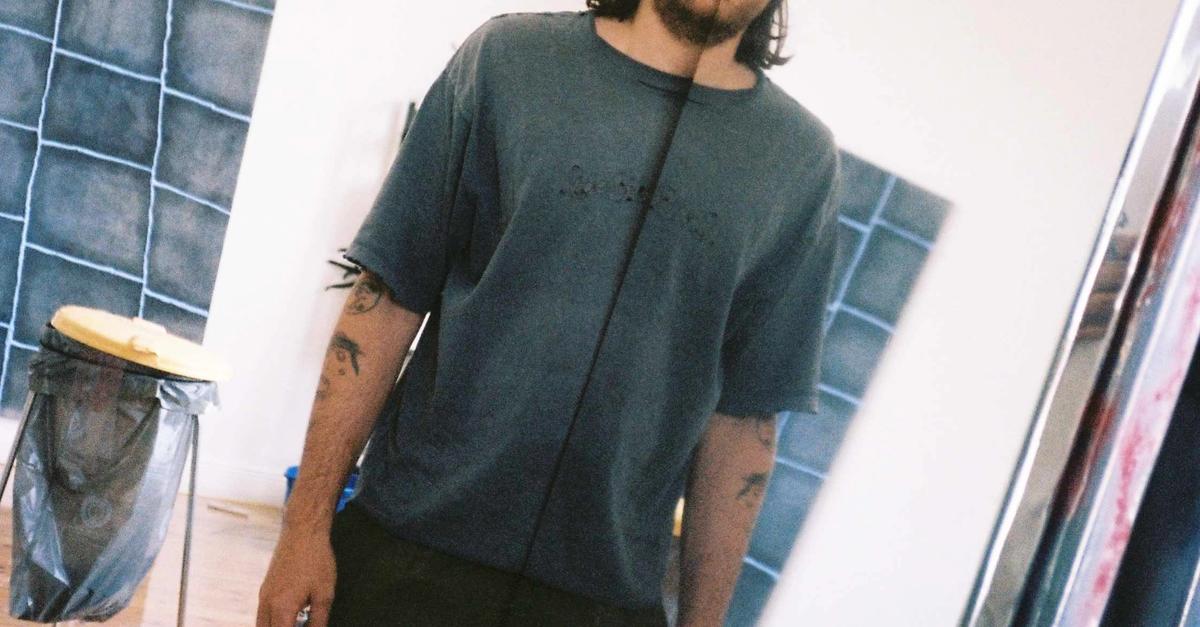CKE: The bleaching process seems to be a rather slow, almost meditative, process. Do you like to take time with the productions of your paintings? How long does it actually take for them to be fully bleached?
DB: That varies a bit from how much sun they get, and how good the weather is where they bleach. In the hotter climates, they obviously bleach much, much faster. In Berlin, it sometimes takes up to seven weeks. I think the fastest was at Joshua Tree—it was maybe two and a half weeks. And then with the oil—it happens over the course of maybe a couple of days. It’s quite quick. It’s more of a drying process. That takes a while and takes out the quickness of the painting. The oil has to dry for up to five months until they’re ready to be transported. It’s quite nice for me, because I have to be more structured in terms of when I start and finish something. It’s not like I can produce a show in a week. Also I can’t participate with new works in something that’s more spontaneous, but I also like that.
CKE: Your work is very much interested in the grid, not only as a visual structure but also as a conceptual one. How do you relate to Rosalind Krauss’s interpretation of the grid as both a Modernist ideal and a transcendent form?
DB: I like her viewing or reading of the grid with a rationalist and spiritual meaning at the same time. And I think it gives the painting a formal organization. But for me, it’s important not to be dogmatic. That’s why my grids can also dissolve, and why there’s more chaos and it’s more spontaneous.
CKE: What is your intention with destabilizing the grid?
DB: It just gives me more painterly freedom. But it’s also about the viscosity of the oil paint, and how I apply it. I could 3D print it, but then it would be very straight and the human touch would be non-existent. I like all these errors and failings that make the grid something that isn’t perfect.
